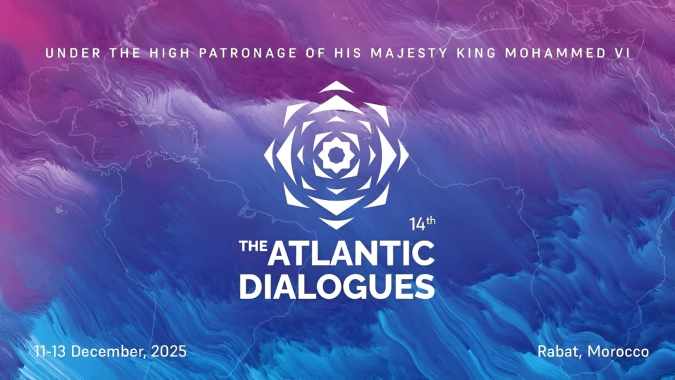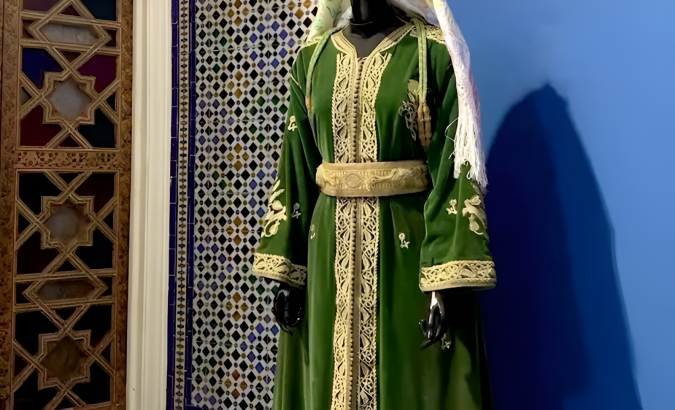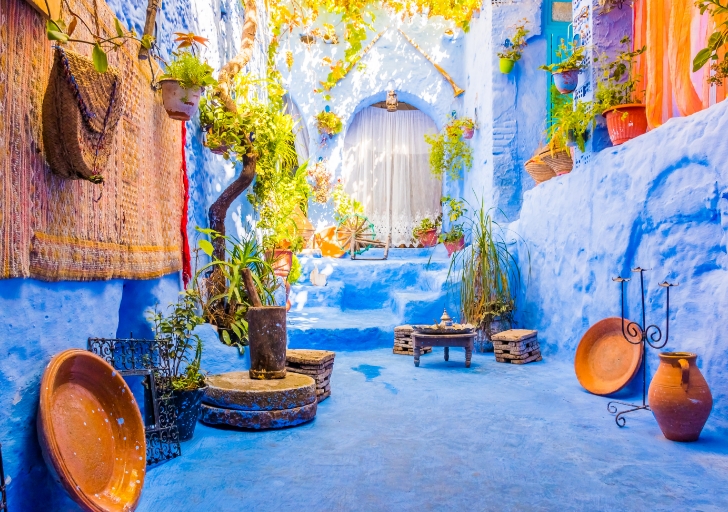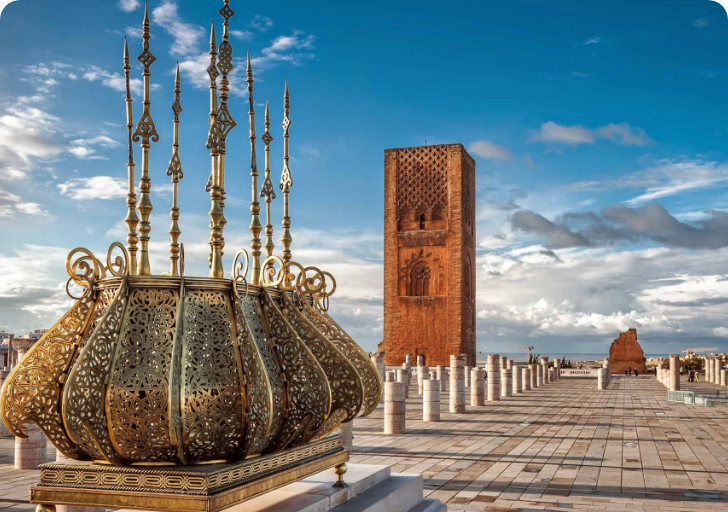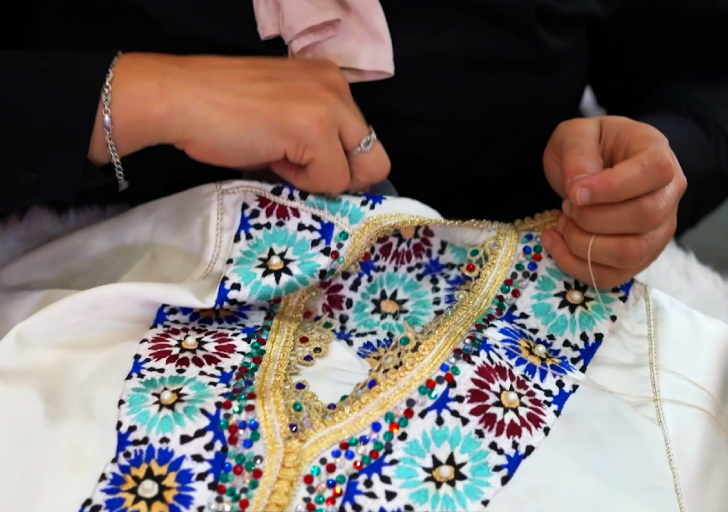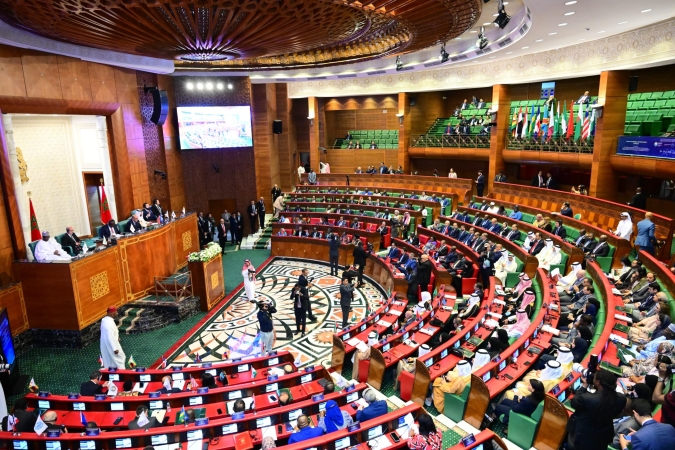
Morocco's House of Councillors adopted, by majority vote on Tuesday during a legislative session, draft law No. 33.22 on the protection of heritage, with 32 votes in favor and three abstentions.
Presenting the bill, the minister delegate in charge of Relations with Parliament and Government Spokesperson, Mustapha Baitas, emphasized that the most important provisions of the text concern the introduction of new definitions relating to the various categories of cultural, natural, and geological heritage, in line with internationally recognized concepts in the field of cultural heritage and the new definitions adopted by UNESCO.
Speaking on behalf of the Minister of Youth, Culture and Communication, Mohamed Mehdi Bensaid, Baitas noted that the draft law aims to create the concept of "historic groups" composed of grouped real estate properties, built or unbuilt, of interest due to their architectural character, historical significance, or uniqueness—such as ancient medinas, lost cities, villages, ksours, and kasbahs.
The bill also introduces a category dedicated to "underwater cultural heritage," encompassing traces of human existence with cultural, historical, archaeological, scientific, or artistic value that have remained submerged, partially or fully, periodically or continuously, for at least 100 years.
The text also includes the introduction of the concepts of "natural heritage," covering natural sites, environments, spaces, and landscapes, and "geological heritage," encompassing geological formations and sites, mineralogical samples, fossils, meteorites, and geological records from earlier eras.
Baitas also pointed out that the law integrates the category of "intangible cultural heritage," which includes a range of practices, representations, tools, objects, works, and cultural spaces considered by communities and individuals as part of their cultural heritage. It also introduces the concept of the "living human treasures" system, enabling the transmission of knowledge and skills to ensure the preservation of intangible heritage.
Among the new provisions is also the establishment of a national heritage inventory register, which includes specific inventories for built cultural heritage, movable heritage, intangible cultural heritage, and underwater, natural, and geological heritage.
MAP: 06 mai 2025


